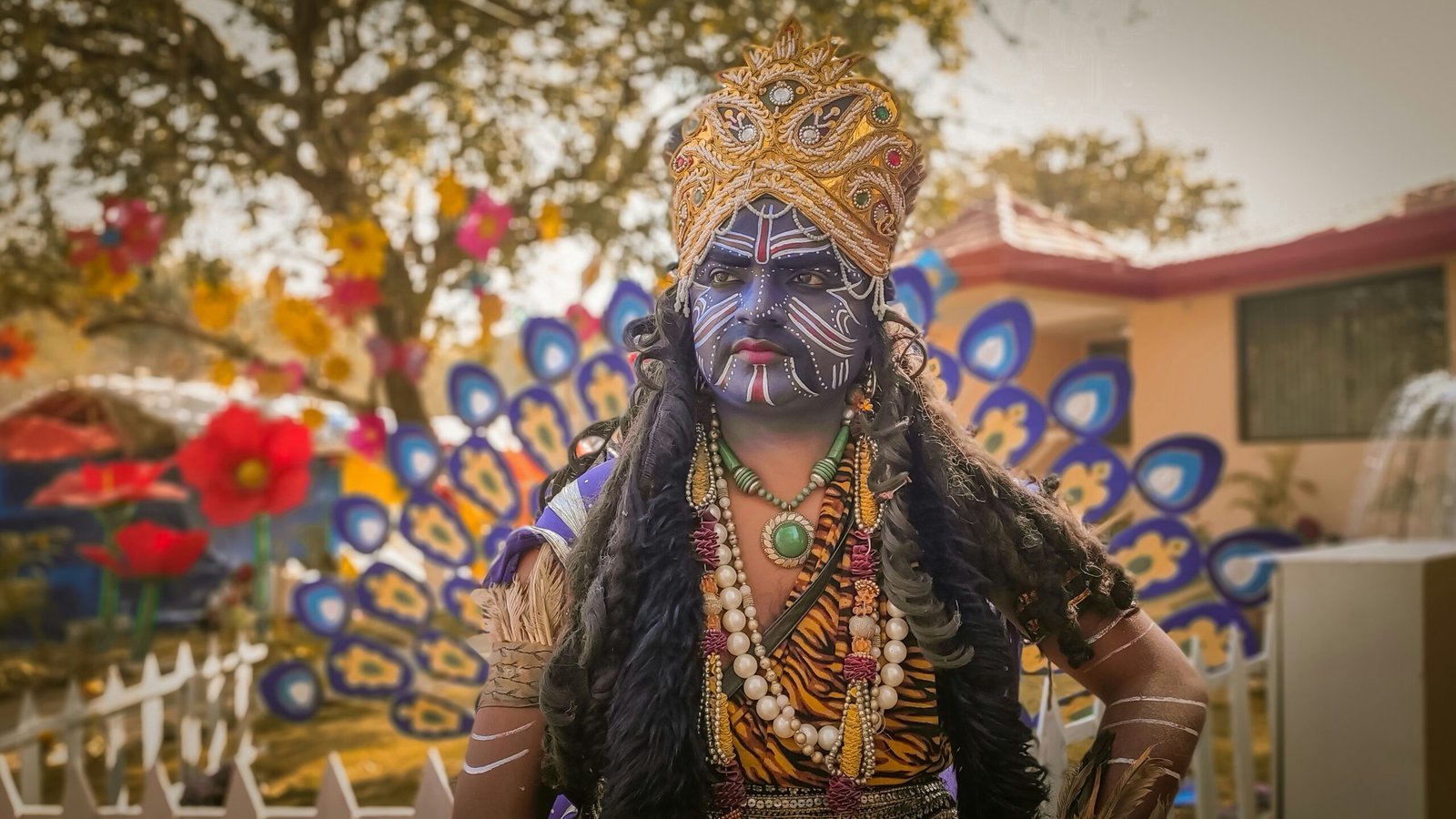
History and Origins of Brazilian Carnival
The history of the Brazilian Carnival is a fascinating tale of cultural fusion, tracing its origins back to ancient European festivals, particularly those from Portugal. These early celebrations, known as “Entrudo,” introduced by Portuguese colonizers in the 16th century, involved playful street battles with water, flour, and limes. As Brazil’s society evolved, so too did its carnival, morphing from a simple festivity into a grand, multi-faceted event, deeply embedded in the nation’s cultural fabric.
This transformation was significantly influenced by the integration of African and Indigenous cultures. Enslaved Africans brought with them rich musical traditions, vibrant dances, and elaborate costumes that began to infuse the carnival with new life and energy. The blending of African rhythms with European folk music laid the foundation for what would later become samba, the iconic music and dance style of Brazilian Carnival. Indigenous traditions also contributed to the carnival, adding unique elements of local customs and spirituality.
One of the key milestones in the history of the Brazilian Carnival was the establishment of organized parades in the late 19th and early 20th centuries. The first official carnival parade, held in Rio de Janeiro in 1932, marked a significant turning point. These parades evolved into elaborate competitions among samba schools, community-based organizations dedicated to the performance of samba music and dance. These samba schools, such as Mangueira and Portela, became cultural institutions, refining and defining the spectacle of the modern Brazilian Carnival.
Throughout its history, Brazilian Carnival has been shaped by various social, political, and cultural influences. The festival has served as a platform for political expression, particularly during periods of political unrest, allowing people to voice dissent and celebrate resilience. Culturally, it continues to be a melting pot, reflecting the diverse heritage of the Brazilian people and the continuous evolution of their collective identity.
Today, Brazilian Carnival is celebrated globally, renowned for its unparalleled energy, creativity, and inclusiveness. It stands as a testament to the enduring power of cultural synthesis, bringing together people from all walks of life to celebrate in the streets, dance to the rhythm of samba, and honor a rich tapestry of traditions.
Key Elements of Carnival Celebrations
The Brazilian Carnival is a vibrant tapestry woven from multiple essential components, each contributing to the festival’s grandeur and cultural significance. Foremost among these elements is samba music and dance, the rhythmic heartbeat of Carnival. Samba schools, deeply ingrained in local communities, play a pivotal role. Throughout the year, they meticulously prepare for their performances, honing intricate choreography, perfecting musical arrangements, and crafting elaborate costumes. These schools are competitive and artistically driven, vying for recognition in spectacular parades that captivate global audiences.
Speaking of costumes, the attire worn during the Carnival is nothing short of dazzling. Participants don elaborate, colorful costumes adorned with feathers, sequins, and beads. These outfits are a testament to Brazilian creativity and craftsmanship, turning the streets into a kaleidoscope of colors and textures. Similarly, the grand floats that grace the parades are masterpieces of design and engineering, often reflecting themes that resonate with cultural, historical, or contemporary significance.
The street decorations during Carnival are equally mesmerizing. Cities transform into lively, festive spectacles with vibrant banners, lights, and installations that add to the celebratory atmosphere. However, the essence of Brazilian Carnival is not monolithic; it varies significantly by region. For instance, Rio de Janeiro’s Carnival is renowned globally for its extravagant parades held at the Sambadrome, where samba schools compete for top honors. In contrast, Salvador’s Carnival is characterized by its trio elétrico—massive trucks equipped with sound systems that roam the streets, accompanied by live musical performances.
Recife’s Carnival is notable for its maracatu rhythms and the unique traditions of its Afro-Brazilian communities. Each city’s Carnival carries its own flavor and traditions, reflecting the rich cultural diversity of Brazil. Another cornerstone of the Carnival experience is the bloco street parties. These informal gatherings epitomize communal celebration, where friends, families, and strangers alike dance and revel in the streets. Blocos bring a sense of inclusivity, ensuring that Carnival is a festival for everyone, from the lavish parades to the local street corners.
Experiencing Carnival: What to Expect
Attending Carnival in Brazil is akin to immersing oneself in a whirlwind of vibrant colors, eclectic music, and palpable excitement. The festival, known for its unparalleled energy, sees millions of participants and spectators flooding the streets, particularly in cities like Rio de Janeiro, Salvador, and São Paulo. The atmosphere is jubilant, with an overwhelming sense of unity and celebration that transcends ordinary festivities. Expect to be surrounded by elaborately costumed dancers, thundering samba drums, and decorative floats, all contributing to an extraordinary sensory experience.
One of the key aspects of the Carnival experience is the parades and blocos (street parties). Major parades, such as those in the Sambadrome in Rio de Janeiro, are scheduled events where samba schools compete with elaborate performances. For a more casual, yet equally immersive experience, blocos offer street-level celebrations often associated with different themes and music styles. When planning to attend these events, safety is paramount. It is advisable to keep personal items secure, stay aware of your surroundings, and opt for group attendance when possible.
The best locations to experience Carnival depend on what kind of ambiance you seek. Rio de Janeiro’s Sambadrome provides a structured, yet spectacular parade experience, while Salvador offers a more street-centric celebration known for its Afro-Brazilian influences. São Paulo, known for its inclusive and eclectic nature, gives a more varied approach to the festival. Timing your attendance is crucial; the main events typically happen over a week leading up to Ash Wednesday, with most parades and blocos occurring during the weekend before.
Understanding local customs and etiquette is also beneficial. Brazilians are known for their warmth and hospitality, but respecting boundaries and local traditions goes a long way. Engage with locals, but always be mindful of personal space, especially in crowded settings. As for logistics, book accommodation well in advance, as places fill up quickly. Opt for lodgings near public transport routes for easier mobility. On-the-ground transportation can be complex, so leverage local apps for taxis or use ride-sharing services to navigate through the bustling cities.
The Economic and Cultural Impact of Carnival
Carnival in Brazil stands as a monumental event that provides profound economic and cultural benefits for the country. Economically, the festival generates significant revenue, primarily from tourism. Each year, millions of tourists flock to cities like Rio de Janeiro, São Paulo, and Salvador to partake in the celebrations. This influx of visitors stimulates sectors such as hospitality, food and beverage, and transportation. The boost in tourism translates to increased hotel bookings, restaurant patronage, and local business sales, thereby contributing immensely to the national economy.
Employment is another key economic advantage. During Carnival, job opportunities surge in various fields, including event planning, security, service industry positions, and entertainment. Temporary positions created to accommodate the festivities often provide vital income for many Brazilians, promoting economic stability in local communities. Additionally, investments in infrastructure and public services to support the influx of Carnival attendees can have long-term benefits for the host cities.
Culturally, Carnival serves as a dynamic platform for showcasing Brazilian culture to the world. Through vibrant parades, samba music, and elaborate costumes, the event highlights Brazil’s rich traditions and artistic achievements. International exposure from Carnival has positioned Brazil as a leading cultural destination, fostering a sense of national pride among its citizens.
Furthermore, Carnival plays a crucial role in preserving cultural traditions and fostering community identity. Events are deeply rooted in historical customs and provide a space for communities to come together, celebrate their heritage, and pass down cultural knowledge to younger generations. The festival promotes inclusivity and diversity, allowing people from various social and economic backgrounds to unite in celebration and mutual respect.
Despite its numerous positive impacts, Carnival faces criticism and challenges. Issues of commercialization are prevalent, with concerns that the festival is increasingly driven by profit motives rather than cultural significance. Ensuring sustainability is another concern, as the environmental footprint of large-scale celebrations is considerable. Balancing economic benefits with the preservation of cultural values and addressing environmental impacts remain critical considerations for the future of Carnival in Brazil.

